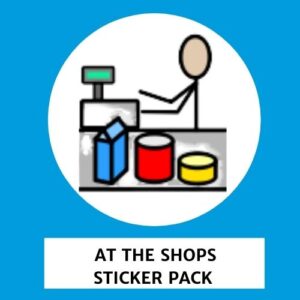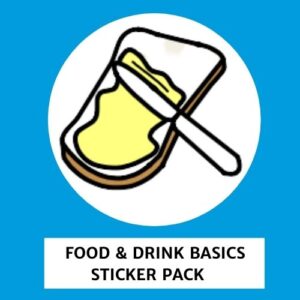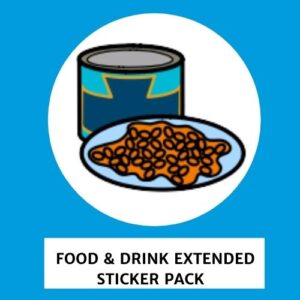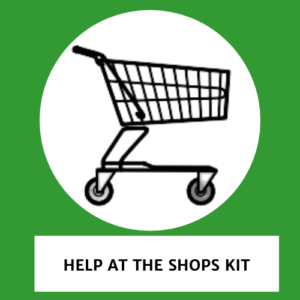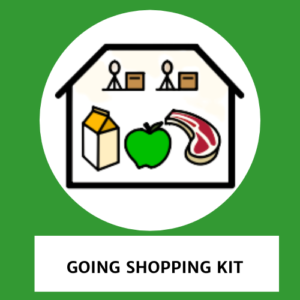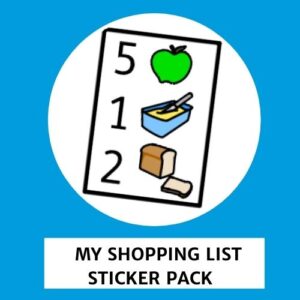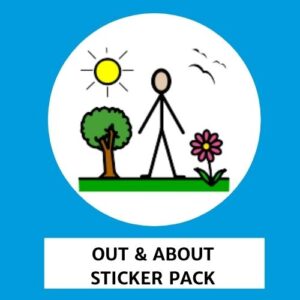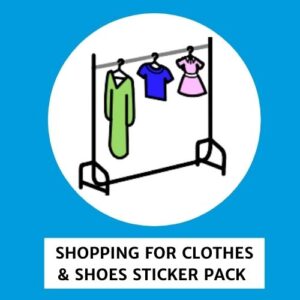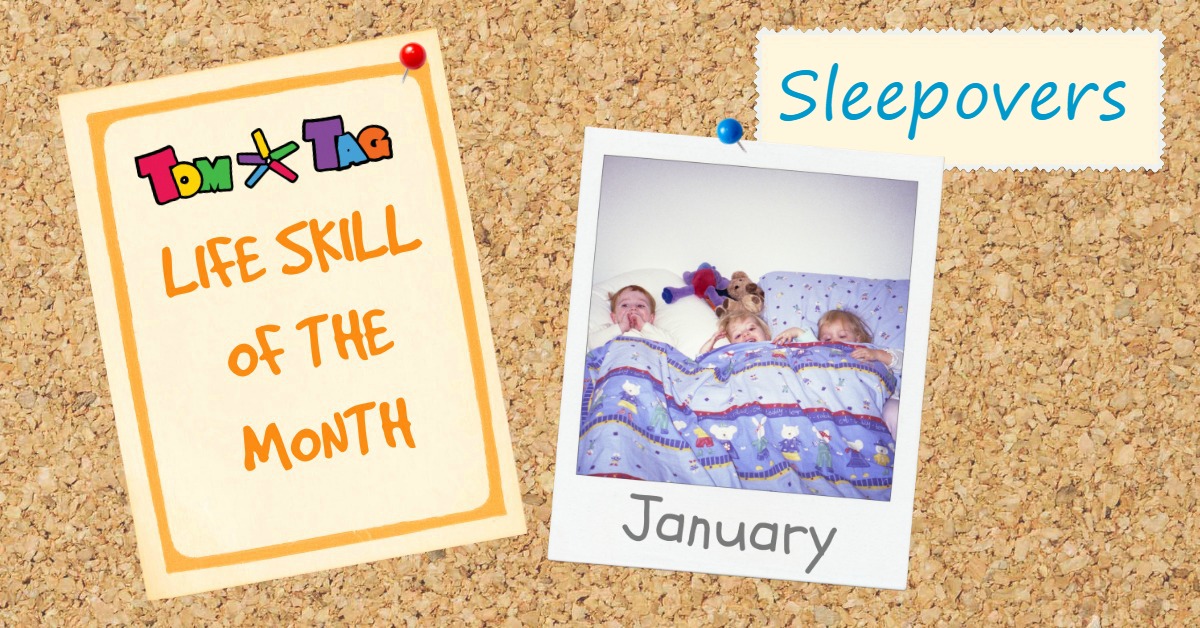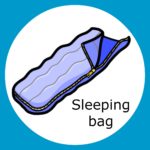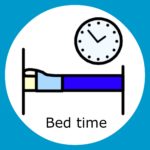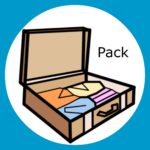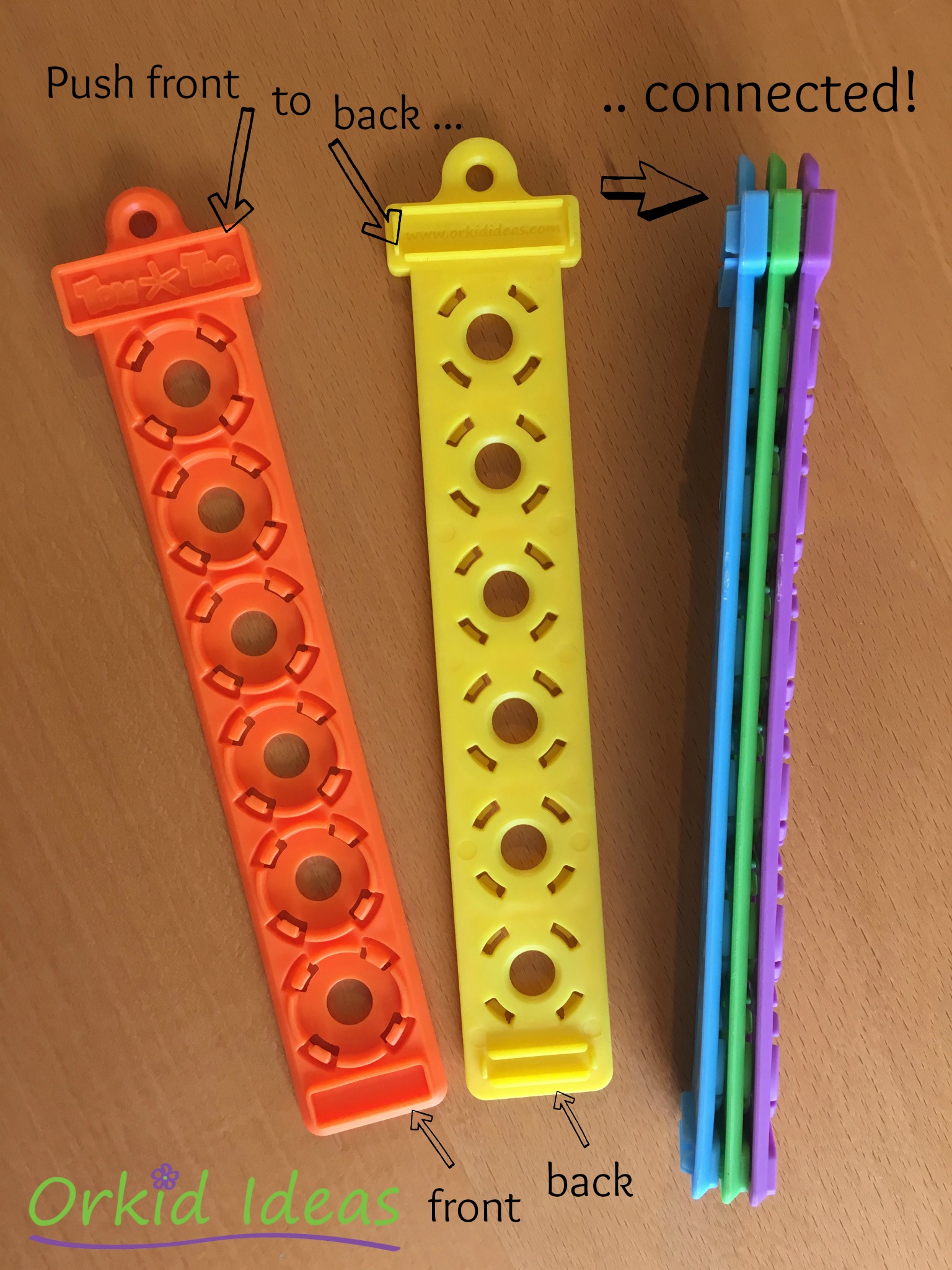
Tips and tricks when using TomTag
We know that one of the things you really appreciate about TomTag is it’s simplicity and easy of use.
That means that sometimes we forget to shout about some of the more subtle design features we included. We’ve also picked up some interesting ideas along the way from our own experience and that of our customers and we’d love to share them with you.
So, here goes!
Locked in
Ever noticed those ridges at the top and bottom on the reverse of each tag but never been sure what they’re for? That’s our tag lock feature!
Simply line up the back of one tag with the front of another and squeeze together, making sure that the raised ridges on the back sit inside the rectangular areas at the front as you do so. Repeat with the rest of your tags.
Particularly helpful when used with our I can do it pack my bag for school set to prevent tags flapping or moving around too much when being carried on a school bag.
We’re here!
 Need some spare buttons or want to try a new sticker pack but can’t remember the website address? It’s right here, on the back of every tag!
Need some spare buttons or want to try a new sticker pack but can’t remember the website address? It’s right here, on the back of every tag!
No need for Google – just turn over a tag.
Heads or tails
 The natural and obvious way to place TomTag buttons in a buttonholder/tag is with the flat, stickered side facing upwards. After all, we want to see those symbols, don’t we? What about once the task or activity shown in the symbol has been completed?
The natural and obvious way to place TomTag buttons in a buttonholder/tag is with the flat, stickered side facing upwards. After all, we want to see those symbols, don’t we? What about once the task or activity shown in the symbol has been completed?
A very visual strategy can be achieved by popping out each button, turning it over and placing it back in the same space in the holder to indicate that the task has been done before moving onto the next item on the list.
Rewards
 Think TomTag is just for making lists? Think again!
Think TomTag is just for making lists? Think again!
Use a tag, some blank buttons and star stickers to encourage positive behaviour or to incentivise a reluctant child. Give a star button to pop in their tag each time they display the required behaviour or complete a set task and perhaps agree a treat they will receive once their tag is full.
Take it away
 You’ll already know what the small hole at the top of each tag can be used with our attachment loops to join tags together or hang individual tags in handy places.
You’ll already know what the small hole at the top of each tag can be used with our attachment loops to join tags together or hang individual tags in handy places.
You can make TomTag even more portable by using that small hole to attach a keyring, belt clip or lanyard to one or more tags so that they can be carried on the person. This is a really useful idea when using TomTag to promote good behaviour at home or school – handy for teachers or parents to carry with them so they can quickly show the relevant symbol or list as a reminder.
Here’s a picture one of our customers sent to us – she’s a very busy bee and likes to know she can always check what’s happening next during the day, wherever she is.
We’ve been thinking for some time about introducing lanyards with our TomTag logo – what do you think? Would this interest you?
Over to you
What would you add to this list? Have a novel way for using TomTag? Let us know and we’ll share your ideas too.




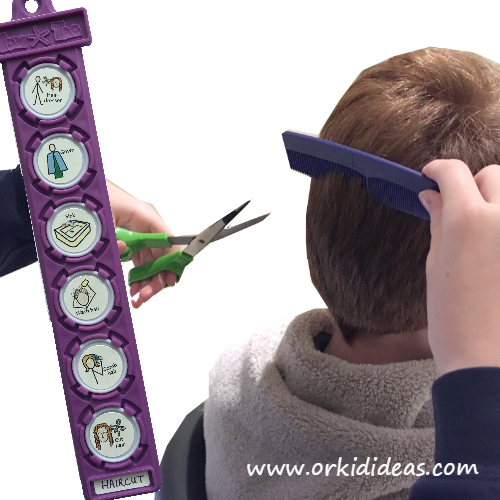
 Prepare
Prepare  Familiarise
Familiarise Visualise
Visualise 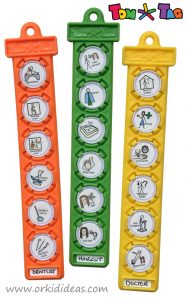
 Read it
Read it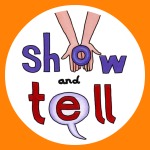 Communication
Communication Sensory sensitivities
Sensory sensitivities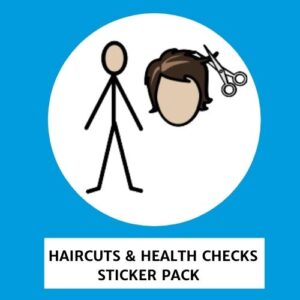

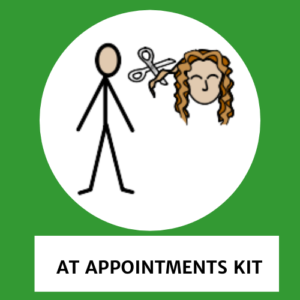
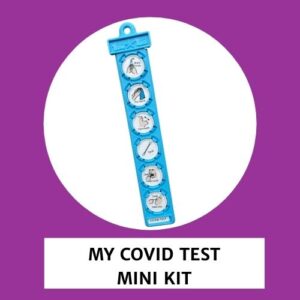


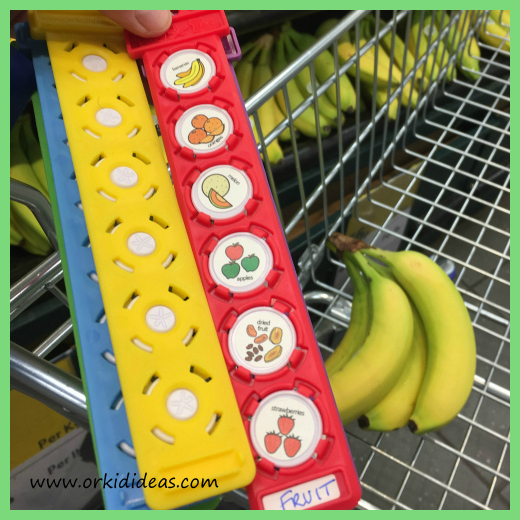
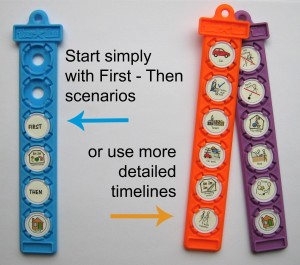

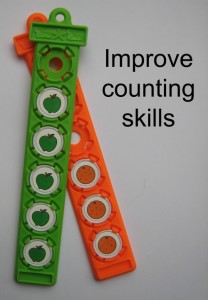
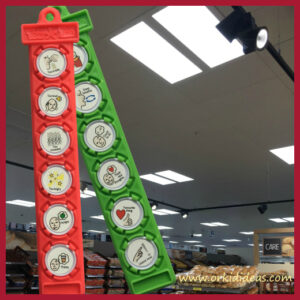
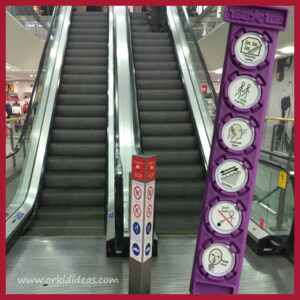
 Shopping for shoes and clothes with a child with autism can often be particularly difficult and require specific explanation of what to expect before you go.
Shopping for shoes and clothes with a child with autism can often be particularly difficult and require specific explanation of what to expect before you go.